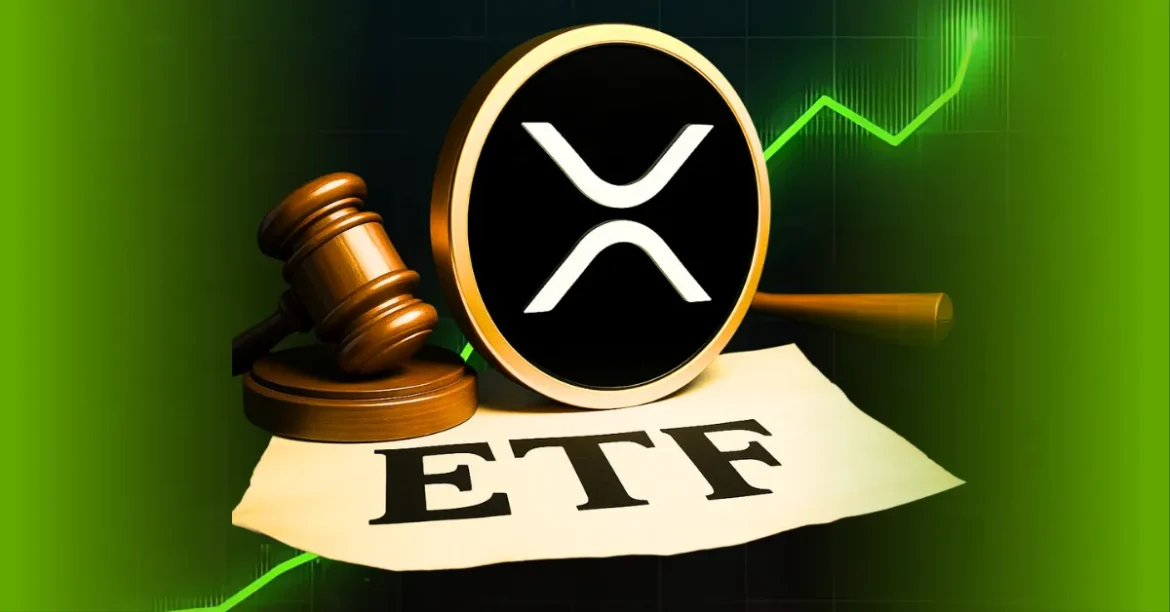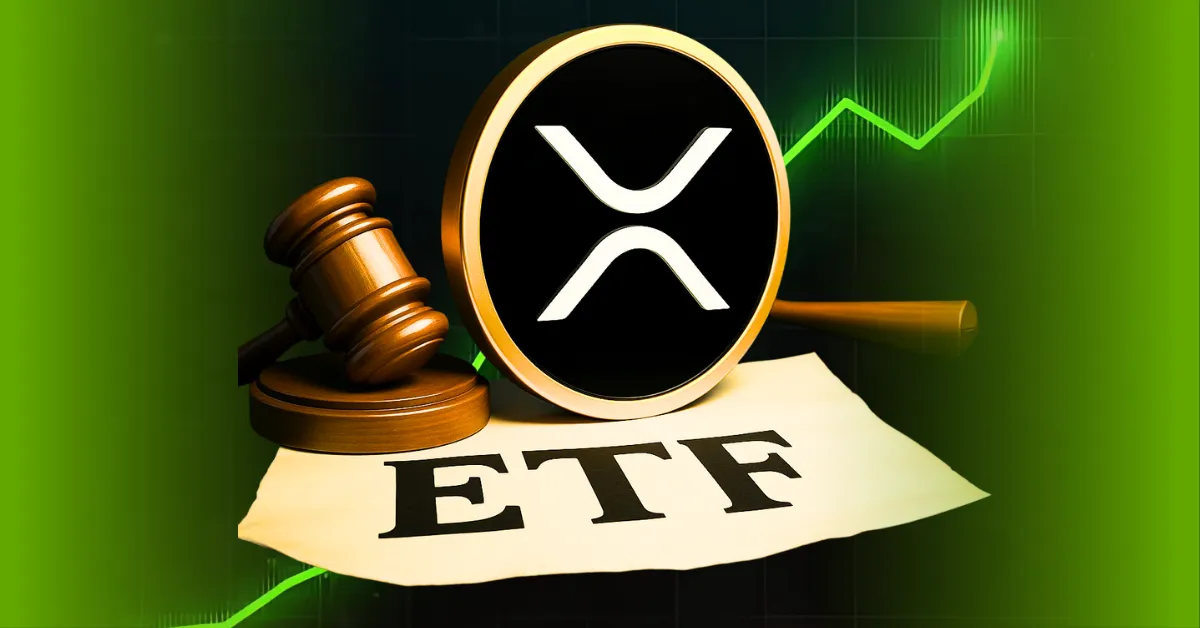The SEC’s Crypto ETF Conundrum: A Dance of Approval and Delay
Introduction: The Regulatory Tightrope
The cryptocurrency market has long been a battleground between innovation and regulation. Nowhere is this tension more evident than in the ongoing saga of crypto Exchange Traded Funds (ETFs) and their relationship with the U.S. Securities and Exchange Commission (SEC). The SEC’s recent actions—marked by sudden approvals followed by abrupt pauses—reveal a regulatory body grappling with the complexities of digital assets. This report examines the SEC’s recent decisions, the underlying reasons for their hesitancy, and the broader implications for the future of crypto ETFs.
The Bitwise Tango: A Story of Hope and Delay
The Bitwise 10 Crypto Index ETF, designed to track the performance of the ten largest cryptocurrencies, initially received approval from the SEC’s Division of Trading and Markets. This approval was seen as a significant milestone, suggesting that the SEC might be warming up to diversified crypto investment products. However, the celebration was short-lived. Just hours after the green light, SEC Assistant Secretary Sherry R. Haywood announced a review, effectively halting the ETF’s launch.
This abrupt reversal highlights the SEC’s internal debates and the complex considerations surrounding crypto ETFs. The SEC’s primary concern appears to be the underlying crypto assets within the fund. The agency is likely scrutinizing the market stability, liquidity, and potential for manipulation of these assets. Additionally, the Bitwise ETF’s expense ratio of around 2.5% raises questions about the cost of managing and securing a diverse portfolio of cryptocurrencies. This expense ratio, while higher than traditional ETFs, reflects the operational complexities and risks associated with digital assets.
Grayscale’s Multi-Asset Ambitions: Navigating Regulatory Hurdles
Grayscale Investments, a leading player in the crypto asset management space, has also faced challenges in its pursuit of ETF conversions. Grayscale’s proposal to offer an ETF primarily focused on Bitcoin but also including Ethereum, XRP, Solana, and other altcoins, encountered a similar halt. This suggests that the SEC’s concerns extend beyond Bitcoin and Ethereum. The inclusion of altcoins like XRP and Solana introduces additional regulatory complexities, as these cryptocurrencies often face heightened scrutiny due to concerns about their potential classification as securities.
Grayscale’s effort to create a more diversified crypto ETF underscores the growing demand for investment vehicles that offer exposure to a broader range of digital assets. However, the SEC’s hesitations highlight the ongoing need for a clear and consistent regulatory framework that addresses the unique characteristics of each cryptocurrency. The SEC’s approach suggests a cautious but deliberate strategy, aiming to balance innovation with investor protection.
XRP’s ETF Prospects: A Procedural Pause, Not a Rejection
The status of XRP ETFs has been a subject of much speculation. Recent reports clarify that the SEC has not rejected XRP ETFs. Instead, any delays are attributed to procedural matters. This distinction is crucial, as it suggests that the SEC’s hesitations are not necessarily a reflection of the underlying asset’s viability but rather a need for further regulatory clarity.
The potential for XRP ETFs to attract significant investment is undeniable. Estimates suggest that a spot XRP ETF could see inflows of up to $800 million in its first week. This underscores the strong investor demand for XRP exposure and the potential for ETFs to unlock further institutional adoption. However, the SEC’s ongoing legal battle with Ripple, the company behind XRP, adds another layer of complexity. The SEC’s concerns likely stem from the need to ensure that XRP is not classified as a security, which could have significant implications for its regulatory status.
A Broader Framework: Guidance and Future Rules
The SEC’s actions, while seemingly inconsistent, hint at a broader strategy. The agency is actively taking steps towards establishing a comprehensive regulatory framework for crypto ETFs. The recent guidance issued by the SEC represents a crucial first step in this direction. This guidance likely addresses key concerns such as custody, valuation, and market manipulation, all of which are critical for ensuring investor protection and market integrity.
By providing clearer guidelines, the SEC aims to create a more predictable and transparent environment for crypto ETF issuers. The development of a robust regulatory framework is essential for fostering innovation and attracting institutional investment in the crypto space. As the SEC refines its approach, we can expect to see more clarity and consistency in its decisions regarding crypto ETF approvals.
The Path Forward: Patience, Clarity, and Collaboration
The current landscape of crypto ETF regulation is characterized by uncertainty and cautious progress. The SEC’s recent actions demonstrate a need for further deliberation and a commitment to addressing the unique challenges posed by digital assets. The key to unlocking the full potential of crypto ETFs lies in establishing a clear and comprehensive regulatory framework. This framework should address key concerns such as custody, valuation, market manipulation, and the potential classification of certain cryptocurrencies as securities.
Collaboration between industry participants and regulatory bodies is essential for fostering innovation and ensuring investor protection. By working together, stakeholders can develop a regulatory approach that balances the benefits of crypto ETFs with the need to mitigate risks. The SEC’s cautious approach, while frustrating for some, reflects a commitment to getting it right rather than rushing to approval.
Conclusion: The Dawn of Crypto ETFs: A Matter of When, Not If
Despite the recent setbacks and ongoing regulatory hurdles, the future of crypto ETFs remains bright. The SEC’s actions, while seemingly cautious, reflect a commitment to carefully evaluating the risks and benefits of these innovative investment products. The emergence of clear regulatory guidelines and ongoing collaboration between industry and regulators will pave the way for the eventual widespread adoption of crypto ETFs. The question is not if crypto ETFs will become a mainstream investment vehicle, but rather when. As the regulatory landscape evolves, the crypto industry must remain patient, adaptable, and engaged in the process. The dawn of crypto ETFs is on the horizon, and the journey towards that dawn is a dance of approval and delay, but one that is ultimately leading to a more stable and regulated future for digital assets.





